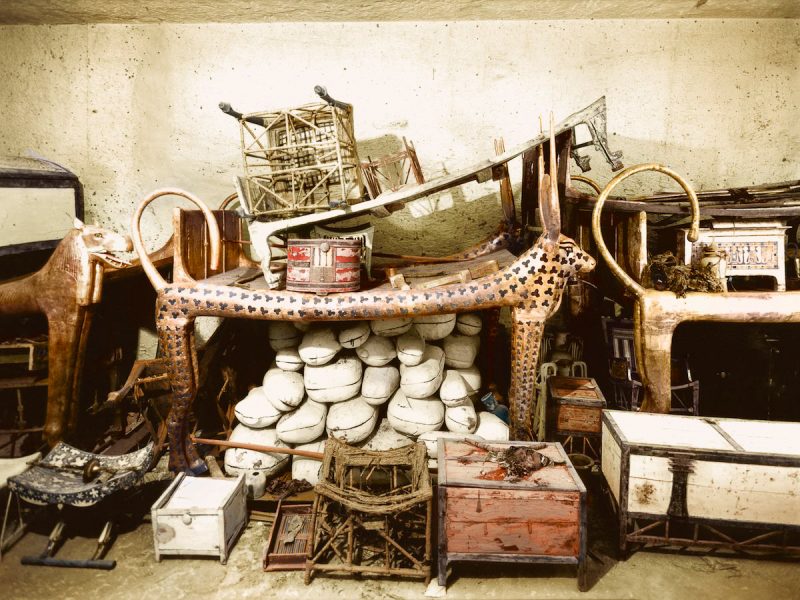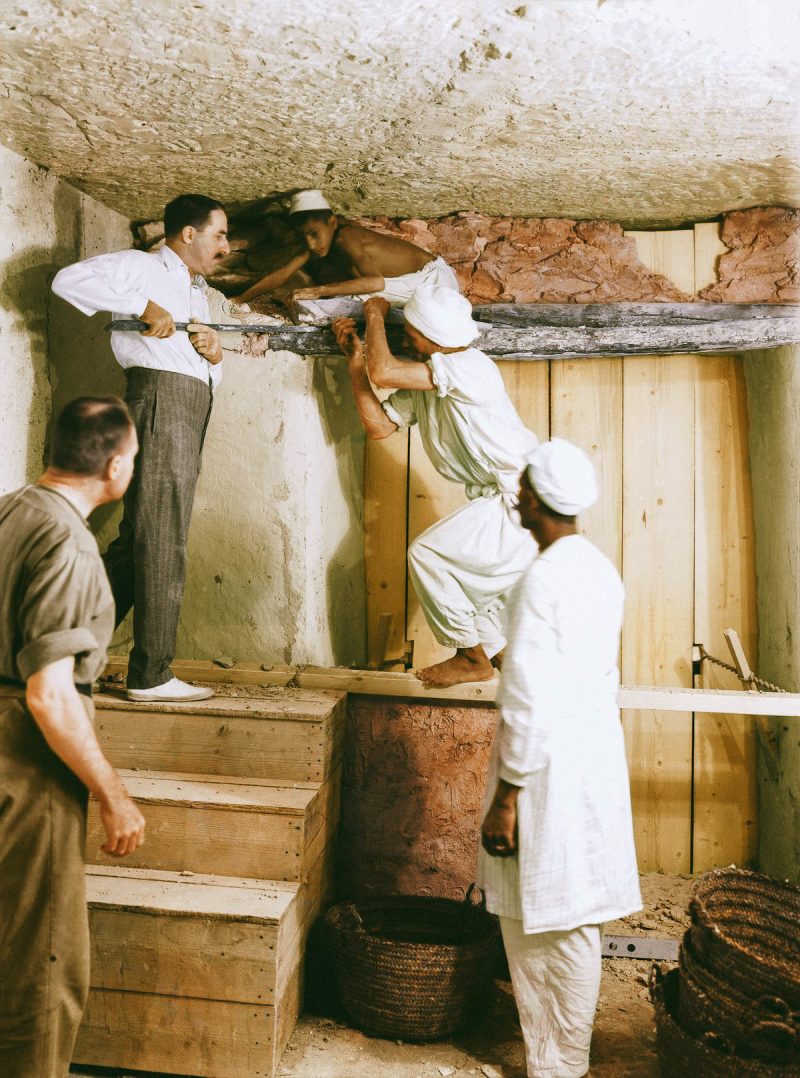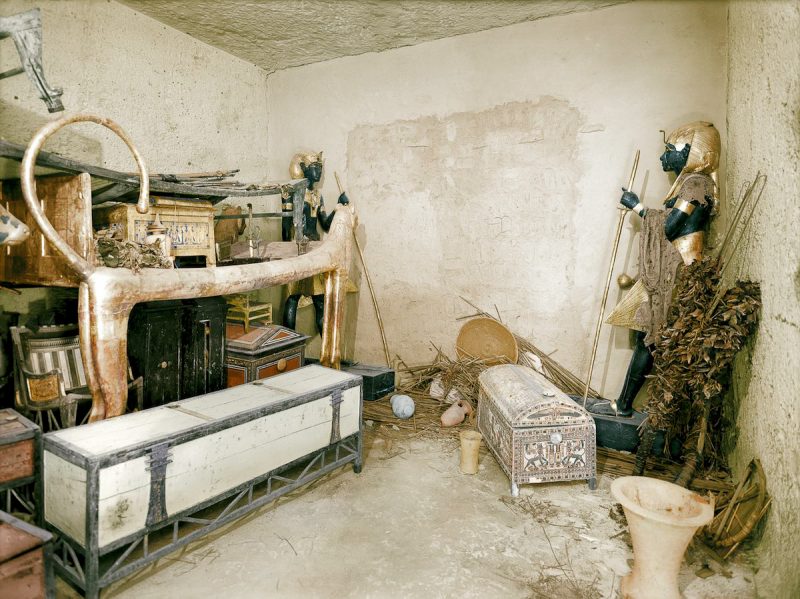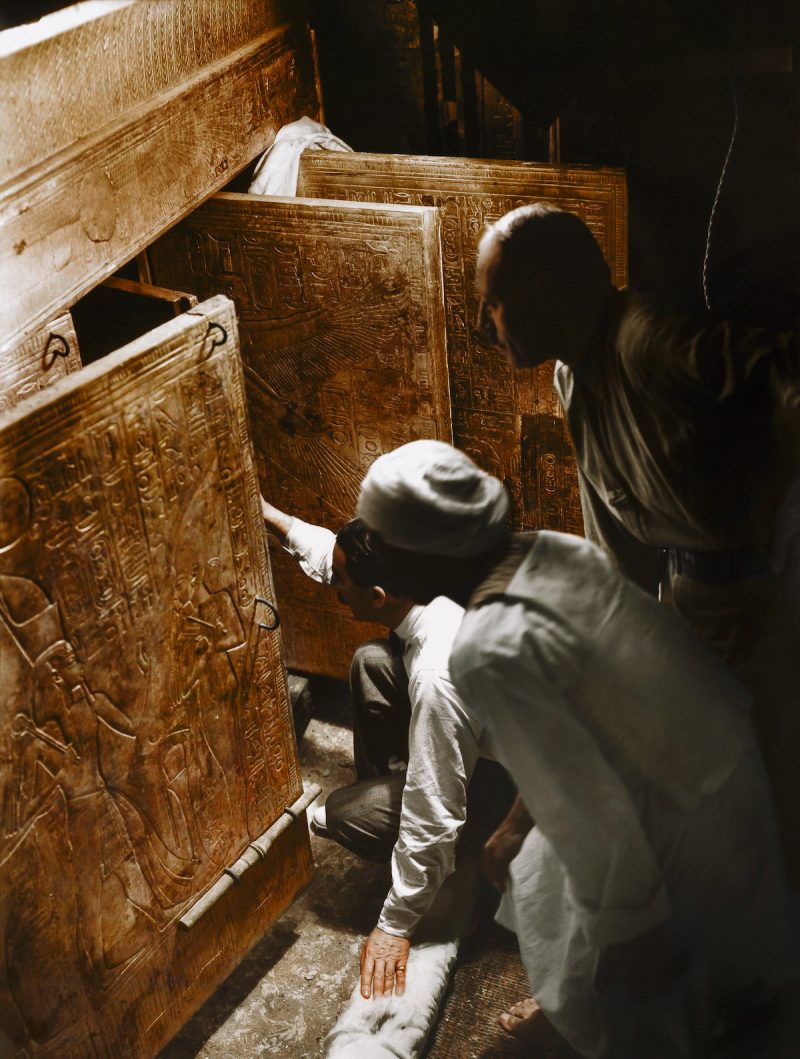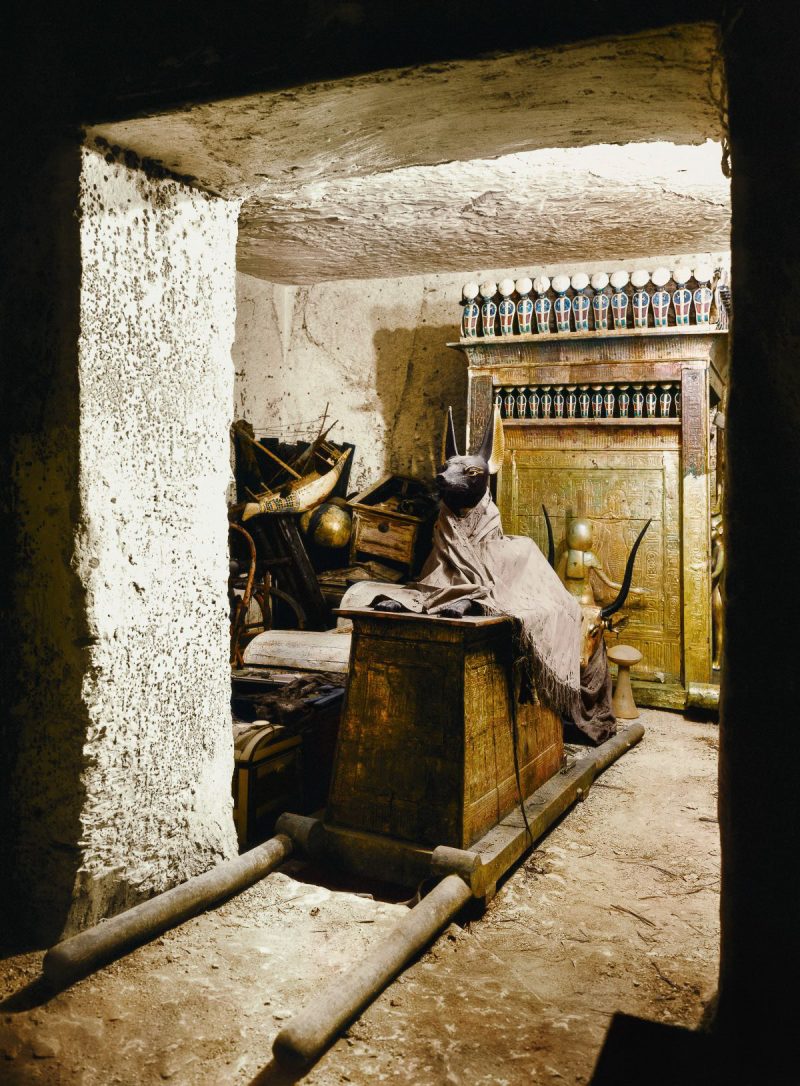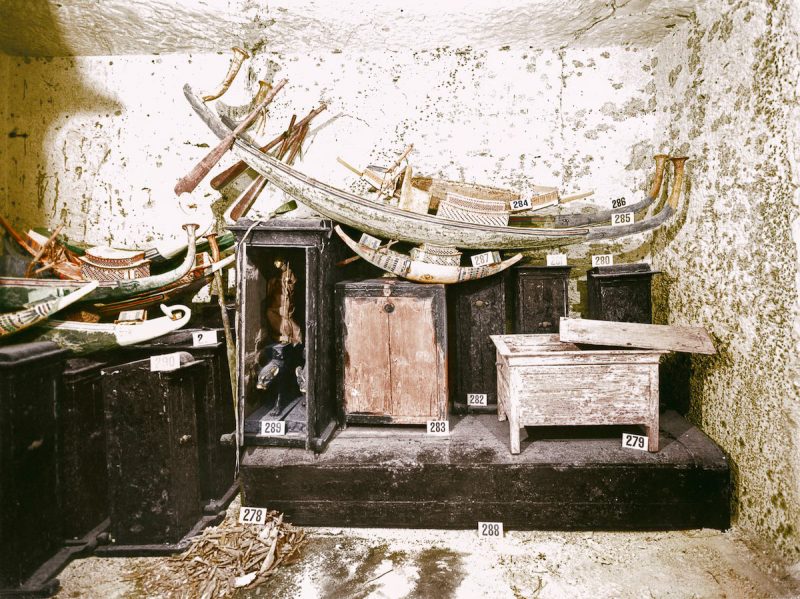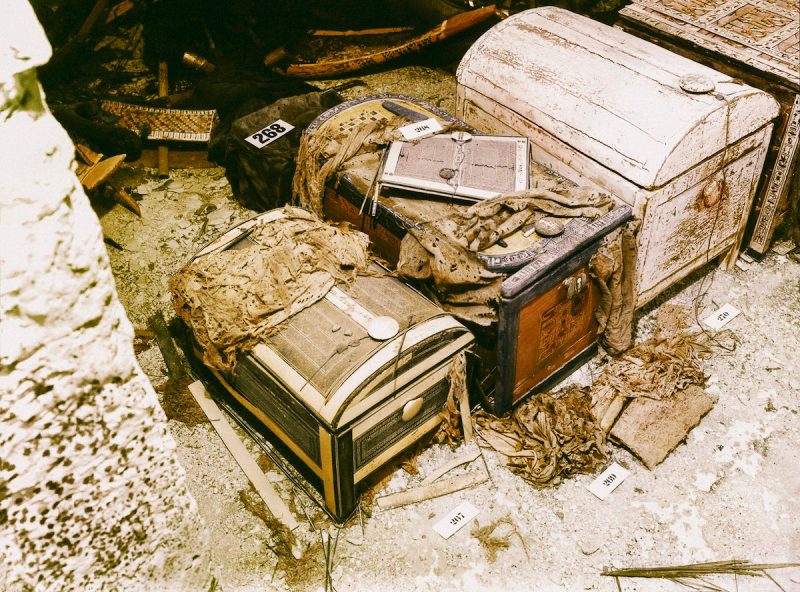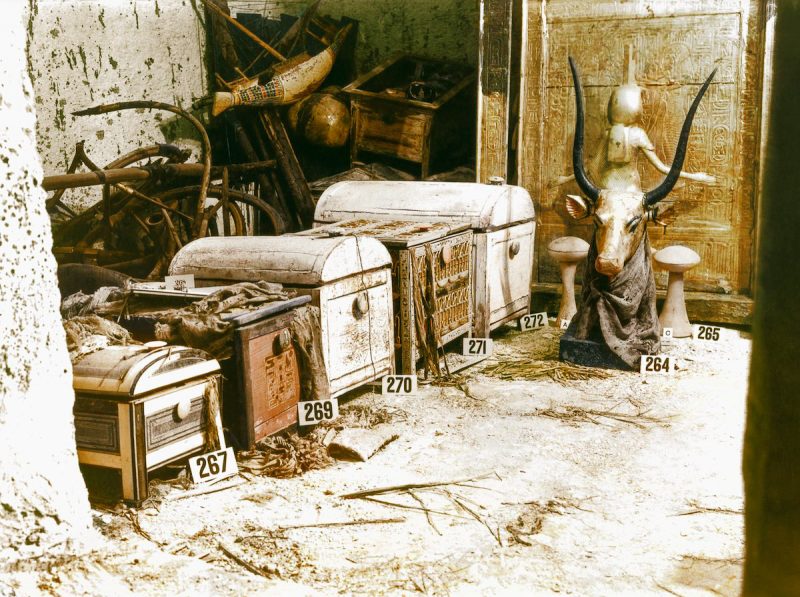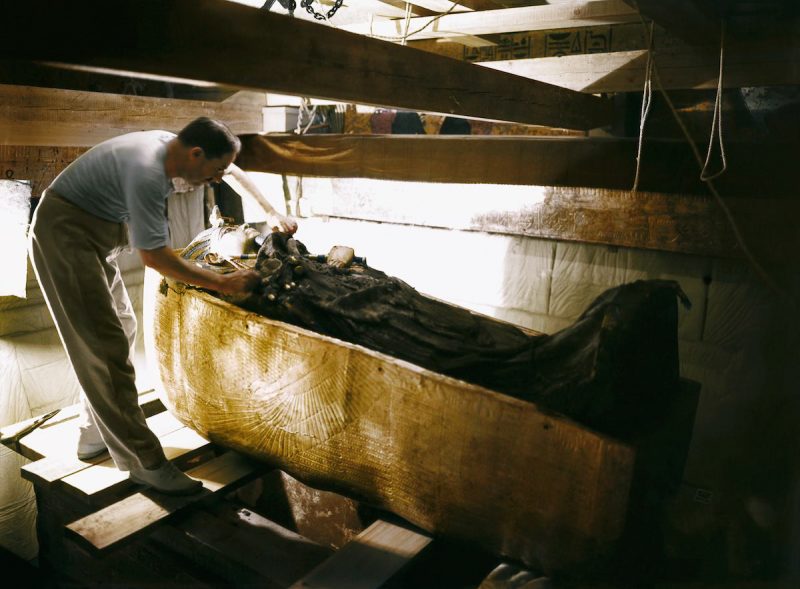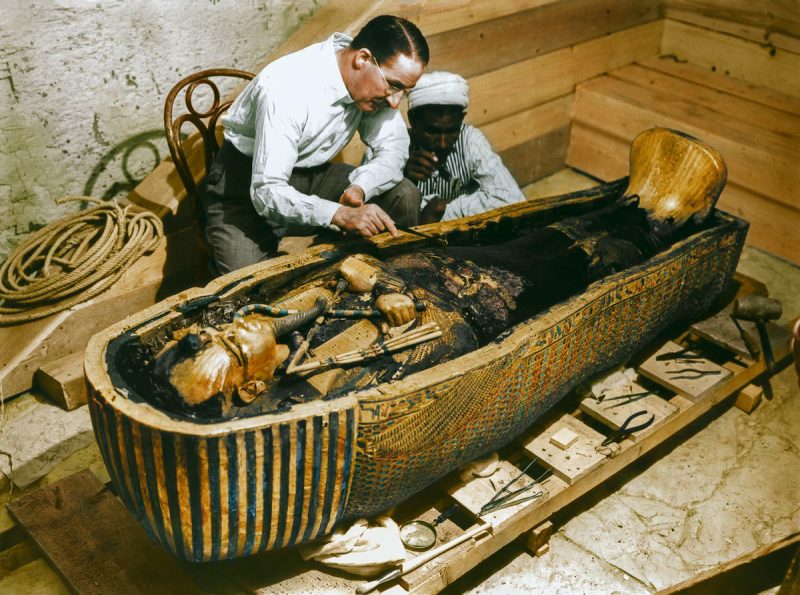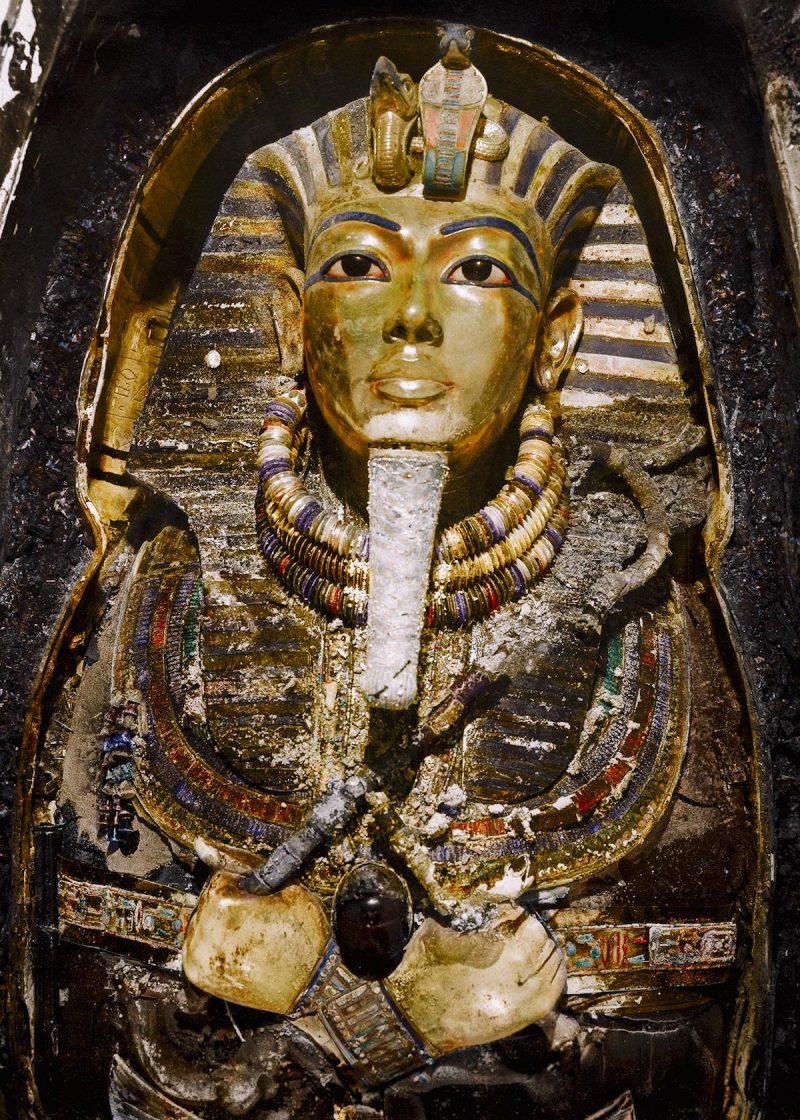The unearthing of Tutankhamun’s tomb in the Valley of the Kings is probably one of the most important events in archaeology. When Howard Carter discovered it back in 1922, the world had a unique opportunity to see the remarkable craftsmanship and wealth of the old Egyptians. Archaeologist Theodore M. Davis, who was one of the first to dig in Egypt, said that the Valley of the Kings by 1907 was exhausted, but it turned out it had plenty more to show.
British archaeologist Howard Carter was hired by George Herbert (the 5th Earl of Carnarvon) to oversee excavations in Egypt’s Valley of the Kings. Carter was known as a careful and dedicated archaeologist. He always made detailed recordings of the objects he found, and he took the business of preservation very seriously, which is why he was chosen for the task.
When Carter started working in the valley (in 1907), progress was going slow. For years, he didn’t find anything significant to show to his employer. The unsatisfied Lord Carnarvon gave Carter one more chance to dig before stopping his funding. Carter then decided to go back and dig on a previously abandoned location, near some workman’s huts that were built during the Ramesside Period (the new Kingdom of Egypt, between 16th century BC and the 11th century BC), he was desperate and eager to find something.
Carter, Callender, and workers remove the partition wall between the antechamber and the burial chamber. (Dec. 2, 1923)
Finally, on November 4, 1922, he discovered something. It was a stone step cut into the bedrock. The next day he uncovered the whole staircase, leading to the top of a mud-plastered doorway stamped with indistinct oval seals, called cartouches. Carter stopped the excavation and immediately called Lord Carnarvon to come. He arrived on November 29, the tomb was then opened. Carter removed a small part of the doorway at the end of the staircase and peeked inside holding a candle:
“At first I could see nothing, the hot air escaping from the chamber causing the candle flame to flicker, but presently, as my eyes grew accustomed to the light, details of the room within emerged slowly from the mist, strange animals, statues, and gold — everywhere the glint of gold.”
This is how they discovered the tomb of Tutankhamun, the boy king, ruler of Egypt (ruled ca. 1332–1323 BC)
Clearing the blocking led to a downward corridor that was completely blocked with packed limestone chippings, through which a robbers’ tunnel had been excavated and anciently refilled. At the end of the tunnel was a second sealed door that had been breached and re-sealed in antiquity. This shows that Tutankhamun’s tomb had been entered at least twice, not long after he was buried and well before Carter’s discovery. The outermost doors of the shrines enclosing the king’s coffins were unsealed but the inner two shrines (three and four) remained intact and sealed.
A gilded lion bed, clothes chest and other objects in the antechamber. behind the sealed wall is the burial chamber, it is guarded by two statues.
The tomb was full of priceless artifacts, together with the sarcophagus containing the king’s mummified remains and his magnificent golden death mask.
It took Carter and his team eight years to categorize and take out every object that they found in the tomb. The artifacts were all taken to the Egyptian Museum in Cairo.
Today we have the chance to see the tomb and its artifacts exactly as Carter saw them in 1922. These amazing photos from the discovery of the tomb have been precisely colorized by Dynamichrome. They will be exhibited on “The Discovery of King” Tut exhibition, in New York on Nov. 21.
Howard Carter, Arthur Callender, and an Egyptian worker opening the doors of the innermost shrine. The first look at Tutankhamun’s sarcophagus. (Jan. 4, 1924)
A statue of Anubis on a shrine in the treasury of the tomb (1923)
Model boats in the treasury of the tomb (1923)
Chests inside the treasury room (1923)
A ceremonial bed in the shape of the Celestial Cow, together with all kinds of provisions and objects in the antechamber of the tomb. (December 1922)
A bust of the Celestial Cow Mehet-Weret and chests in the treasury of the tomb. (1923)
Carter looking inside Tutankhamun’s sarcophagus (1923)
Carter and a worker examine innermost sarcophagus made of solid gold. (1925)
Tutankhamun’s burial mask (1925)
Source: mashable photo credit: dynamichrome, thegriffithinstitute
